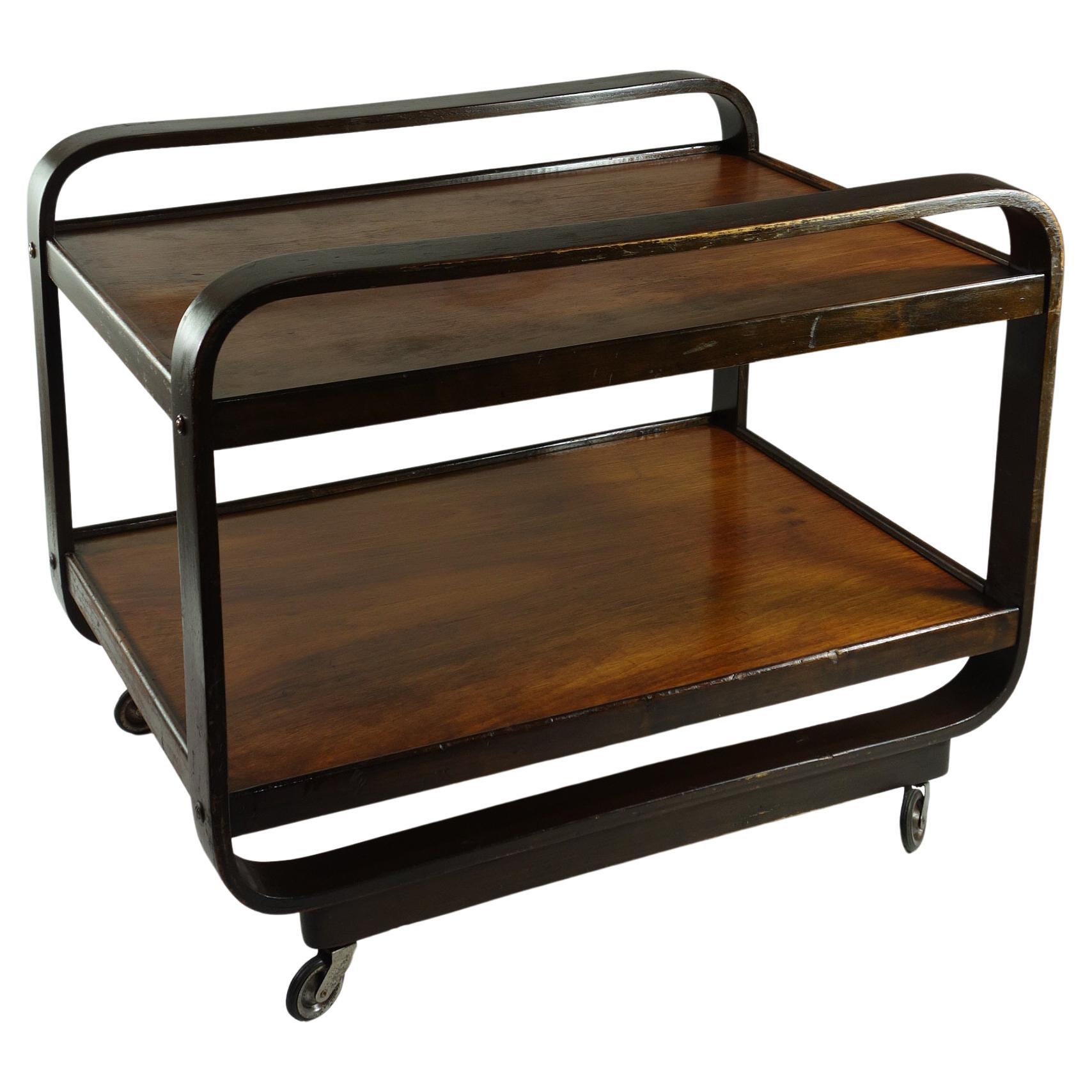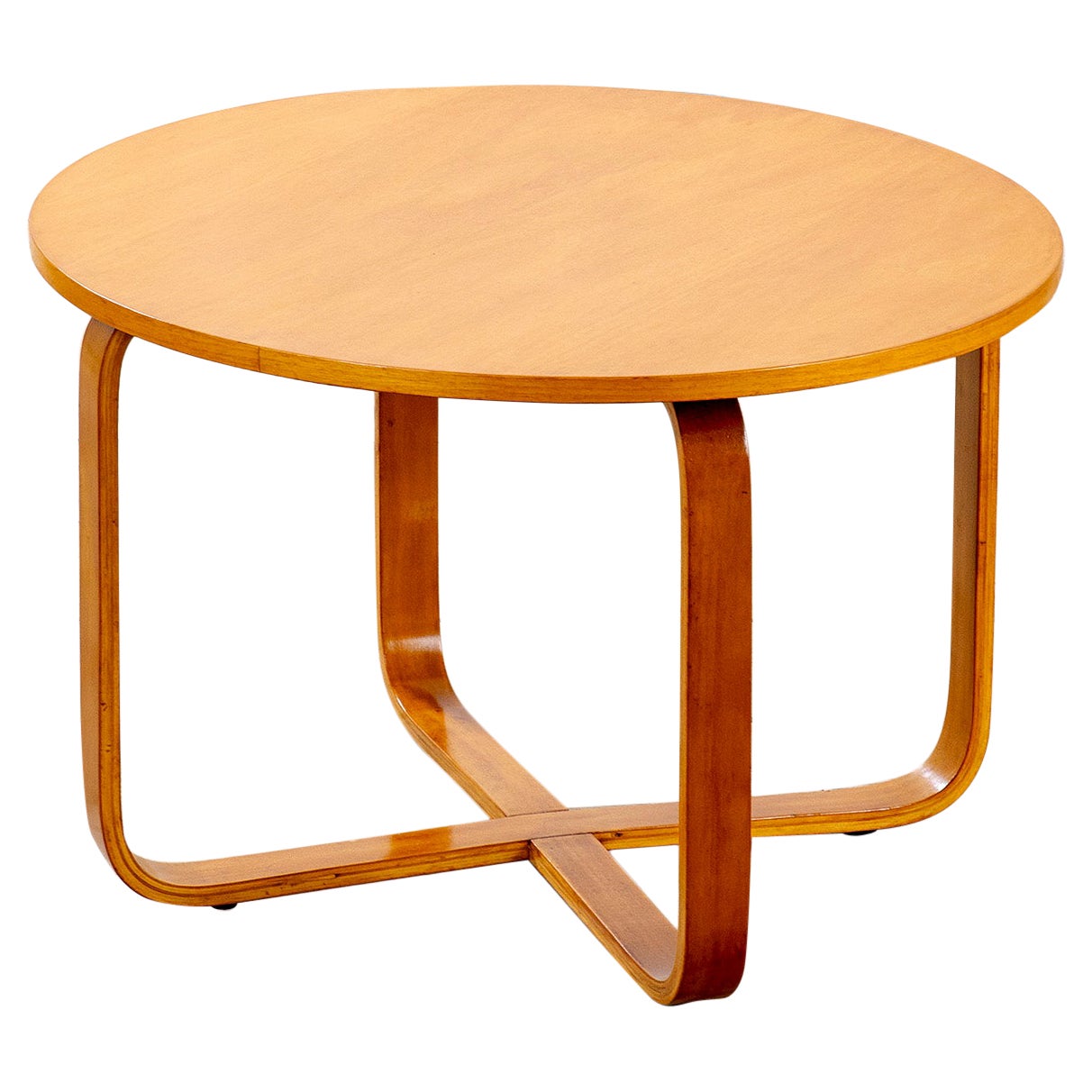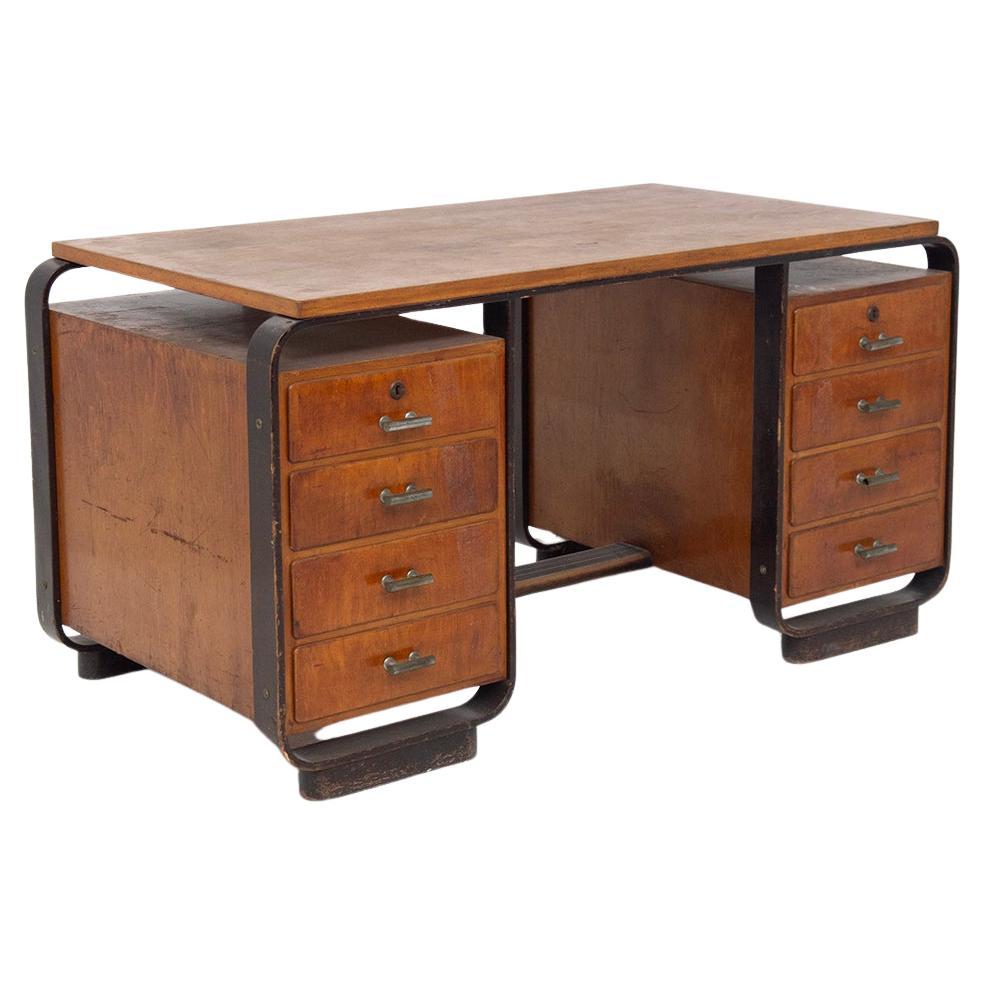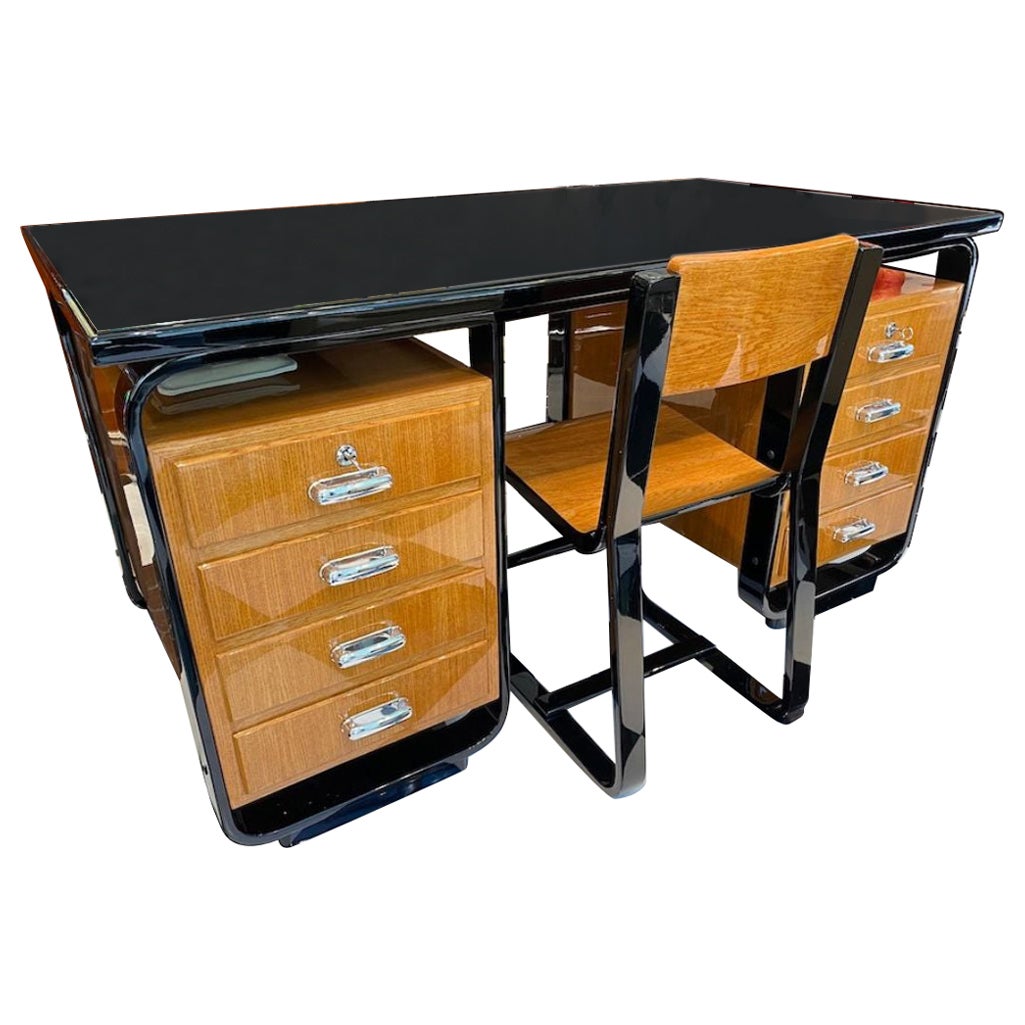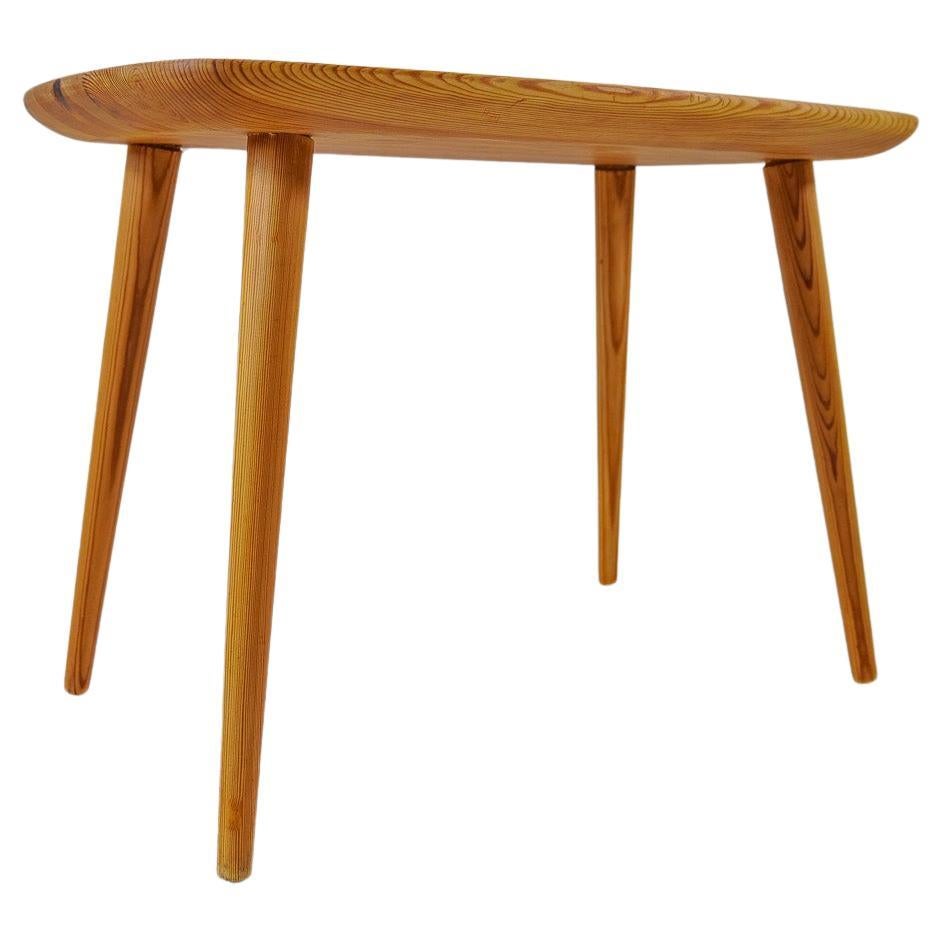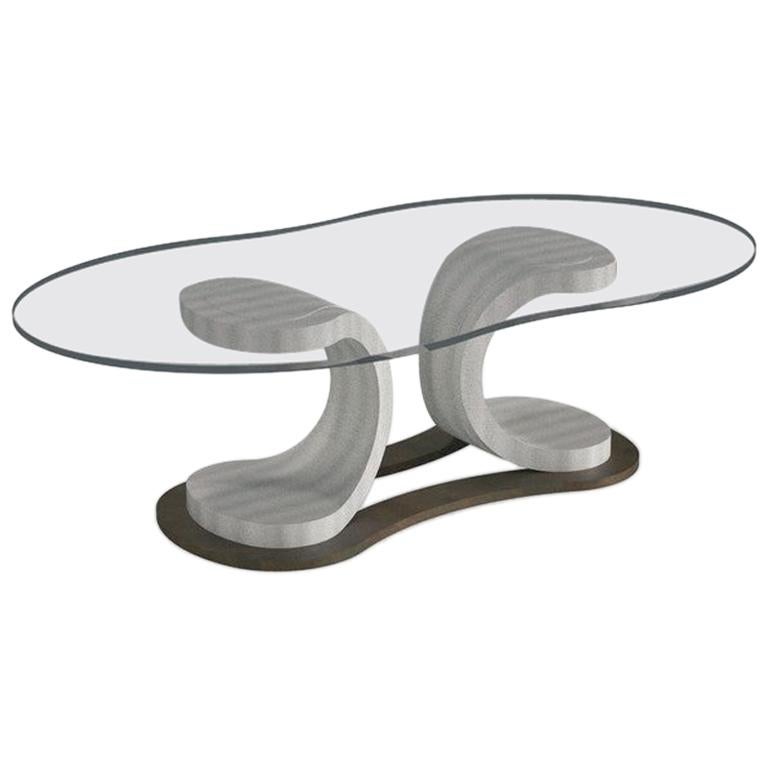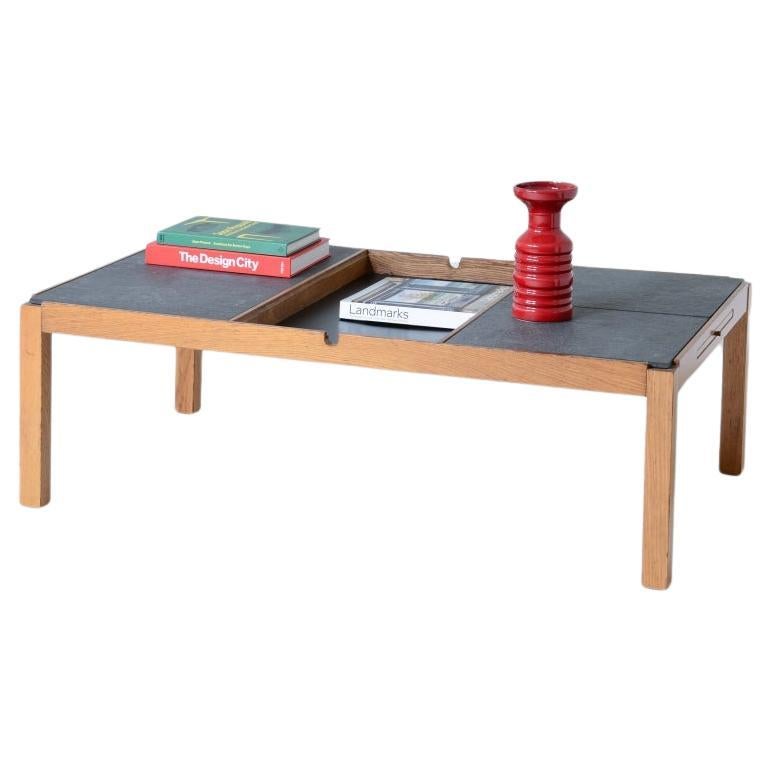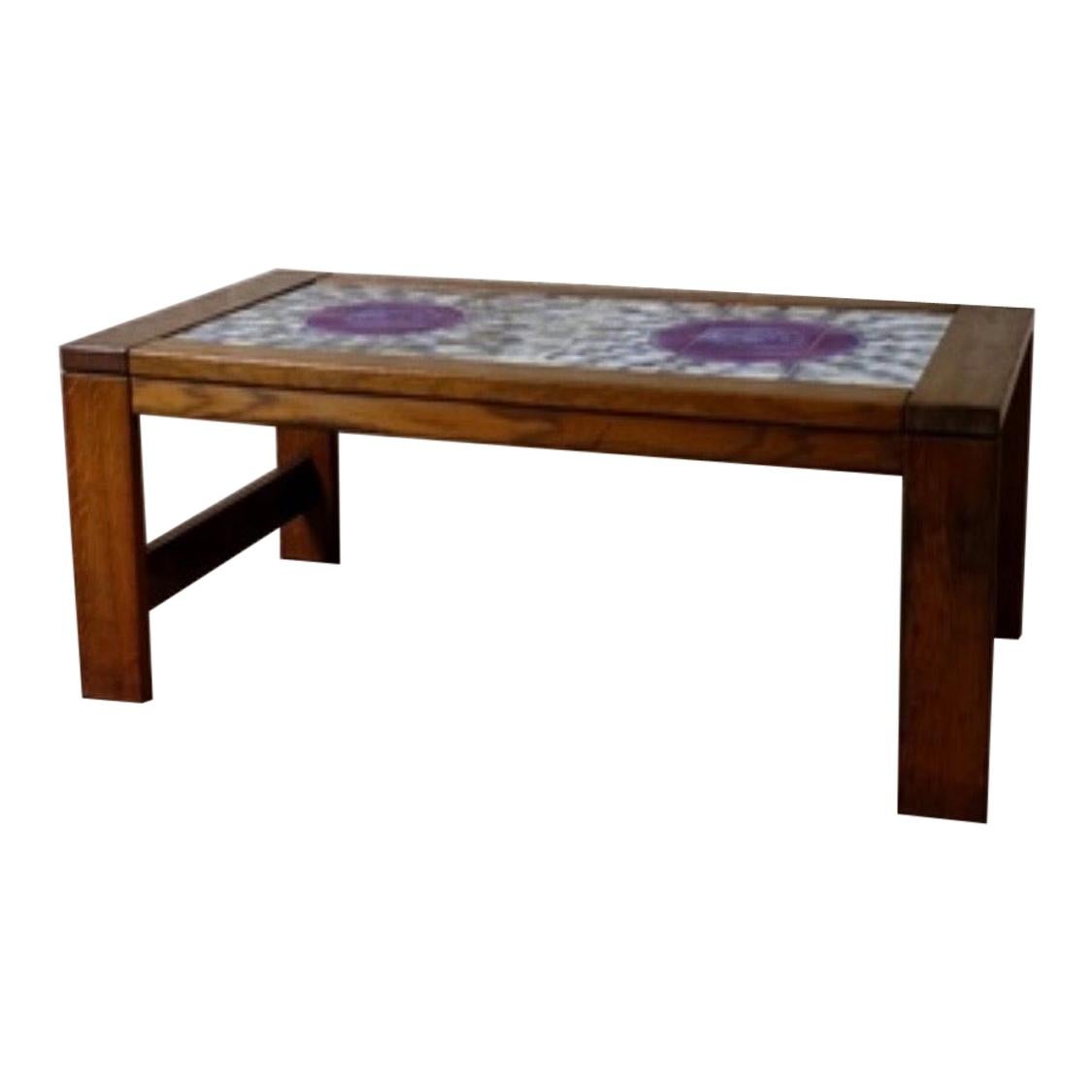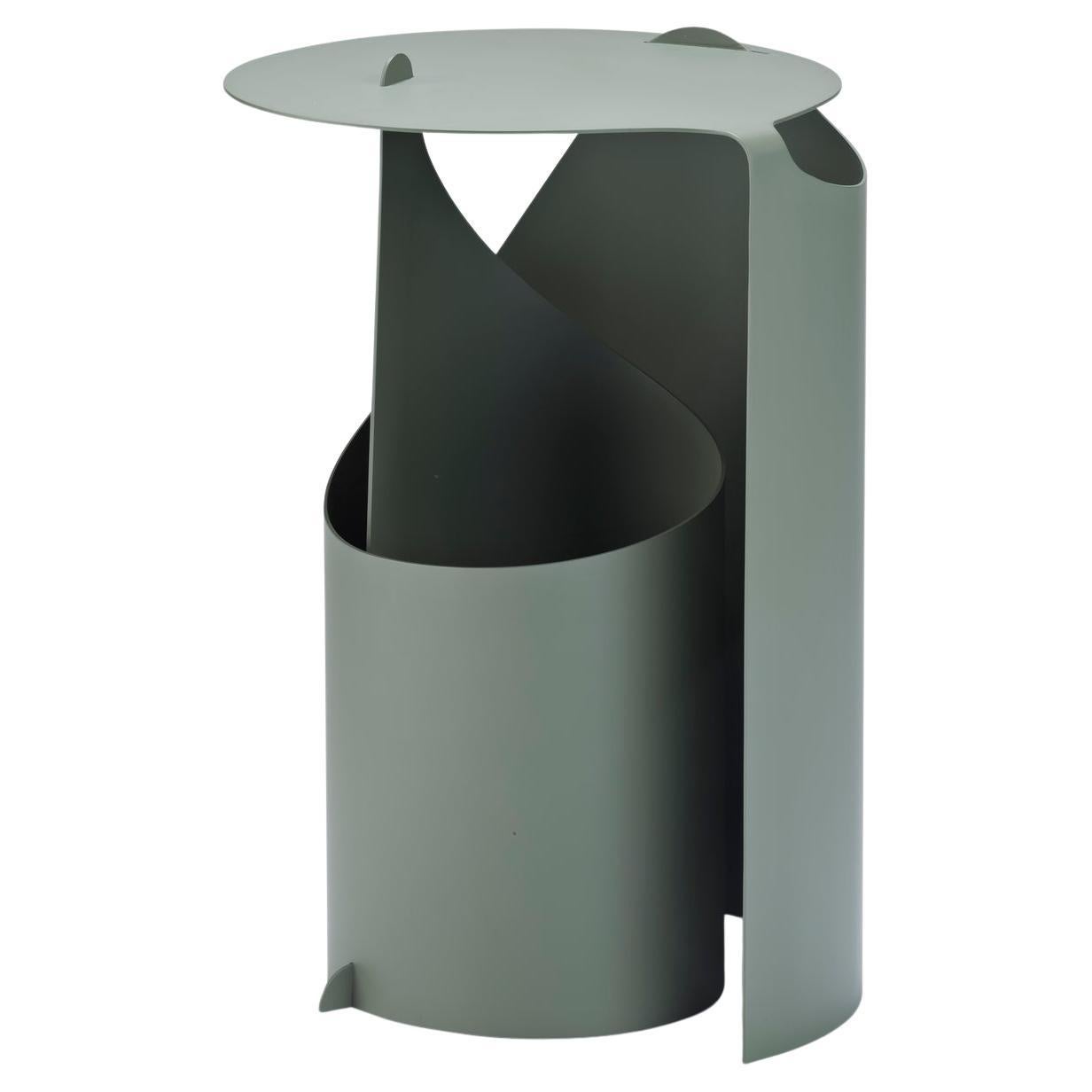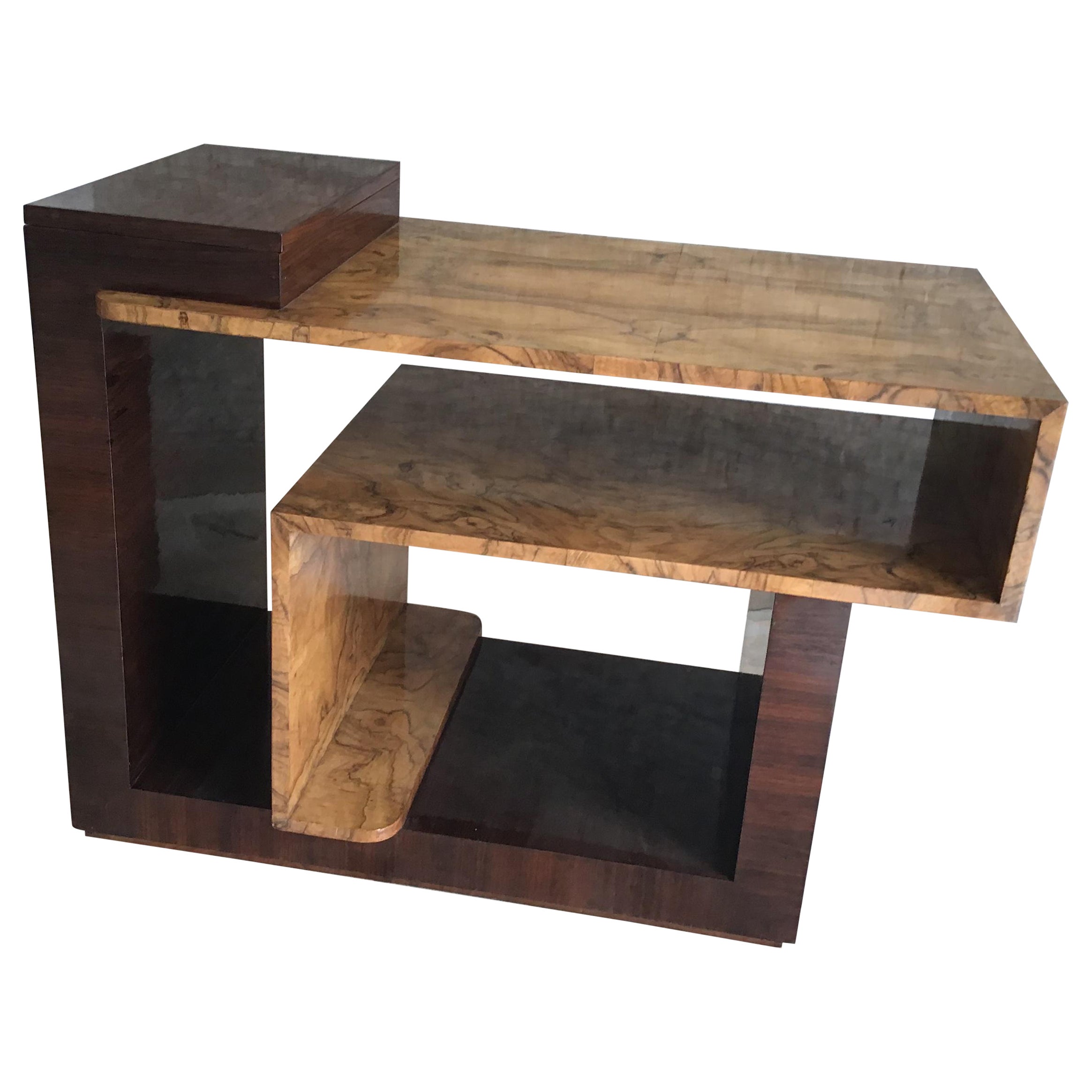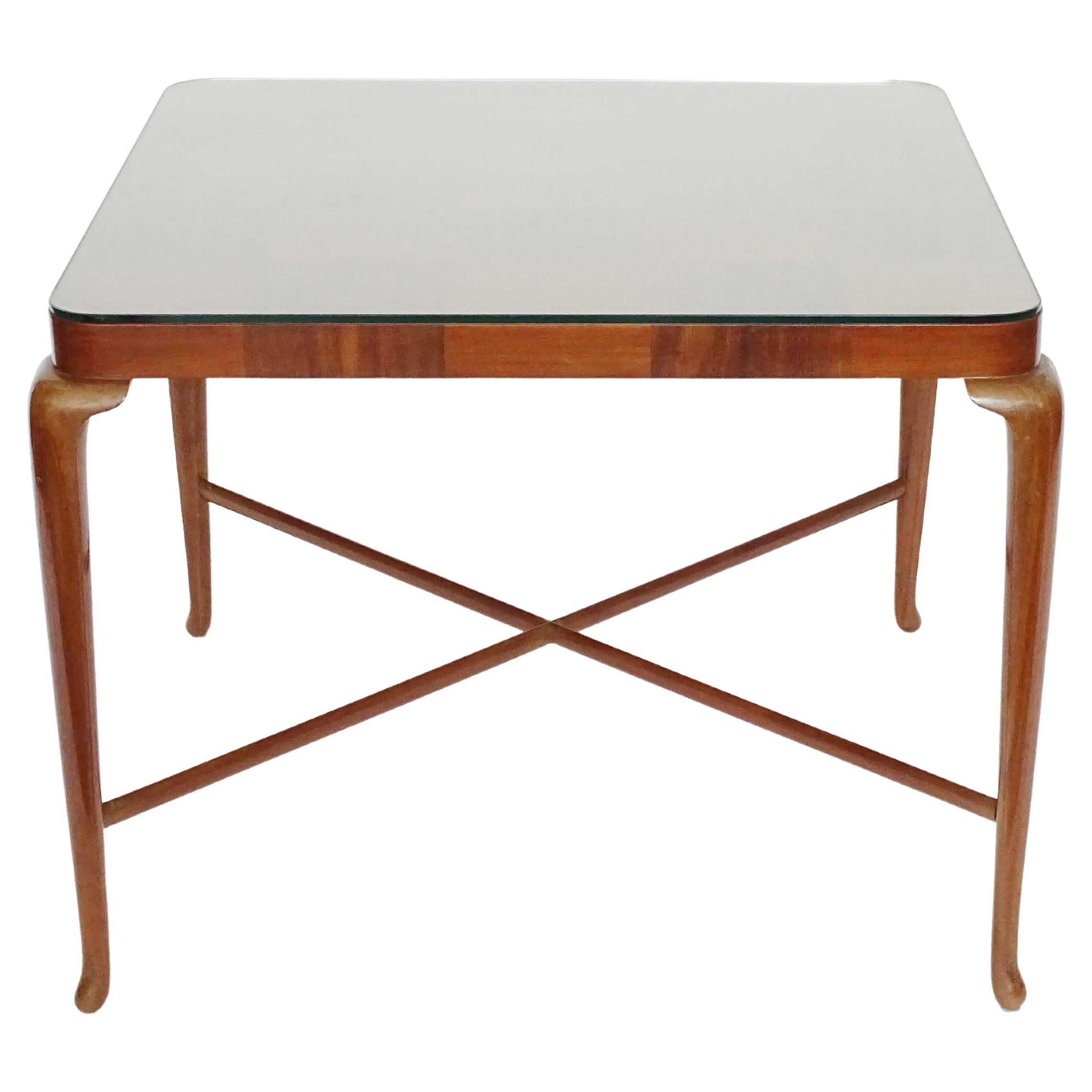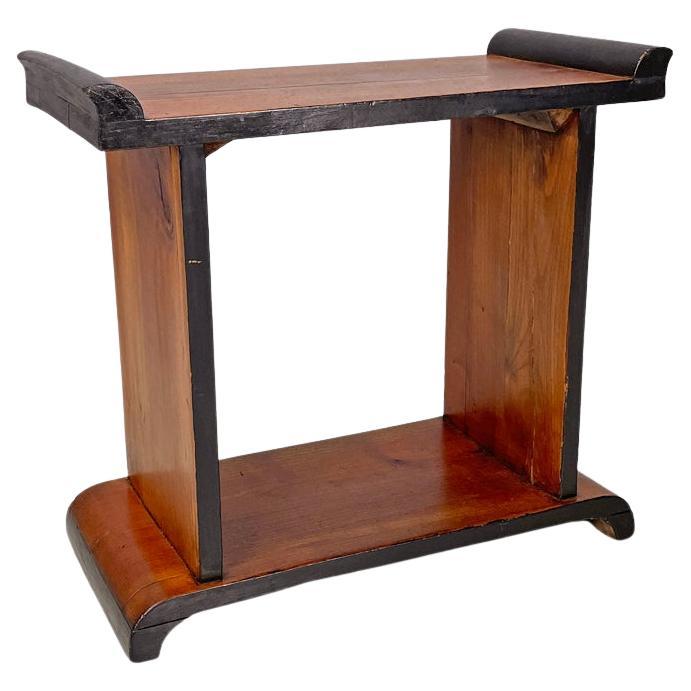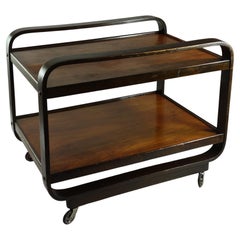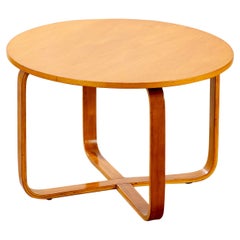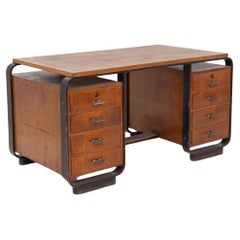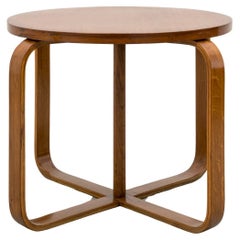
Rationalist Wooden Coffe Table by Giuseppe Pagano Pogatschnig for Maggioni 1940s
View Similar Items
Rationalist Wooden Coffe Table by Giuseppe Pagano Pogatschnig for Maggioni 1940s
About the Item
- Creator:Giuseppe Pagano Pogatschnig (Designer),Gino Maggioni (Manufacturer)
- Dimensions:Height: 19.3 in (49 cm)Width: 27.17 in (69 cm)Depth: 27.17 in (69 cm)
- Style:Art Deco (Of the Period)
- Materials and Techniques:
- Place of Origin:
- Period:
- Date of Manufacture:1940-1949
- Condition:Refinished. Repaired: Woodworms have been treated, nails have been removed, joints have been reglued, 1970s unoriginal transparent paint has been removed. The table has been fully refinished preserving its patina. Wear consistent with age and use.
- Seller Location:Koper, SI
- Reference Number:Seller: 71081stDibs: LU8892236849642
Giuseppe Pagano Pogatschnig
An accomplished architect, exhibition designer, furniture maker and magazine editor, Giuseppe Pagano Pogatschnig helped direct Italy’s rationalist architectural movement until his death near the end of World War II. Wounded twice and captured twice in World War I, Pogatschnig left military service to work as the editor and director of Casabella architecture magazine and went on to design the V Milan Triennale and VI Milan Triennale alongside fellow Italian architect Gio Ponti.
Originally born in the Austro-Hungarian Empire, now modern-day Croatia, Pogatschnig studied Italian in Trieste before joining the Italian army to serve in the First World War. After that harrowing and traumatic experience, he became a founding member of the first Fascist Party in Parenzo. In 1924, he graduated from Turin Polytechnic with an architecture degree and began designing bridges, pavilions and buildings, including the Gualino office complex, in Turin. Nearing 1928, Pogatschnig began work on pavilions for the Turin International Exhibition.
Pogatschnig’s involvement in the V and VI Milan Triennales stand today as some of his greatest contributions to Italian architecture. He held full control over the design of the latter exhibition, in 1936, which led to the opportunity to design many of the interiors of the Italian Pavilion at the Paris Expo the following year.
Pogatschnig’s reputation as an architect and designer were overshadowed only by his outspoken nature as an editor. By 1942, he openly criticized the Italian regime and left the Fascist Party to join the resistance a year later. These activities led to his capture, imprisonment and escape from Brescia in 1944. Ultimately, Pogatschnig was recaptured, tortured and transferred across prisons to Austria’s Mauthausen concentration camp, where he died on April 22, 1945, less than a month before the end of fighting in Europe.
On 1stDibs, find vintage Giuseppe Pagano Pogatschnig seating, tables, and case pieces.
You May Also Like
Vintage 1930s Italian Mid-Century Modern Carts and Bar Carts
Plywood, Wood
Vintage 1940s Italian Mid-Century Modern Coffee and Cocktail Tables
Wood
Vintage 1940s Italian Industrial Desks and Writing Tables
Metal
Vintage 1930s Desks and Writing Tables
Aluminum, Chrome
Vintage 1940s Swedish Mid-Century Modern Coffee and Cocktail Tables
Pine
21st Century and Contemporary Italian Modern Coffee and Cocktail Tables
Metal
